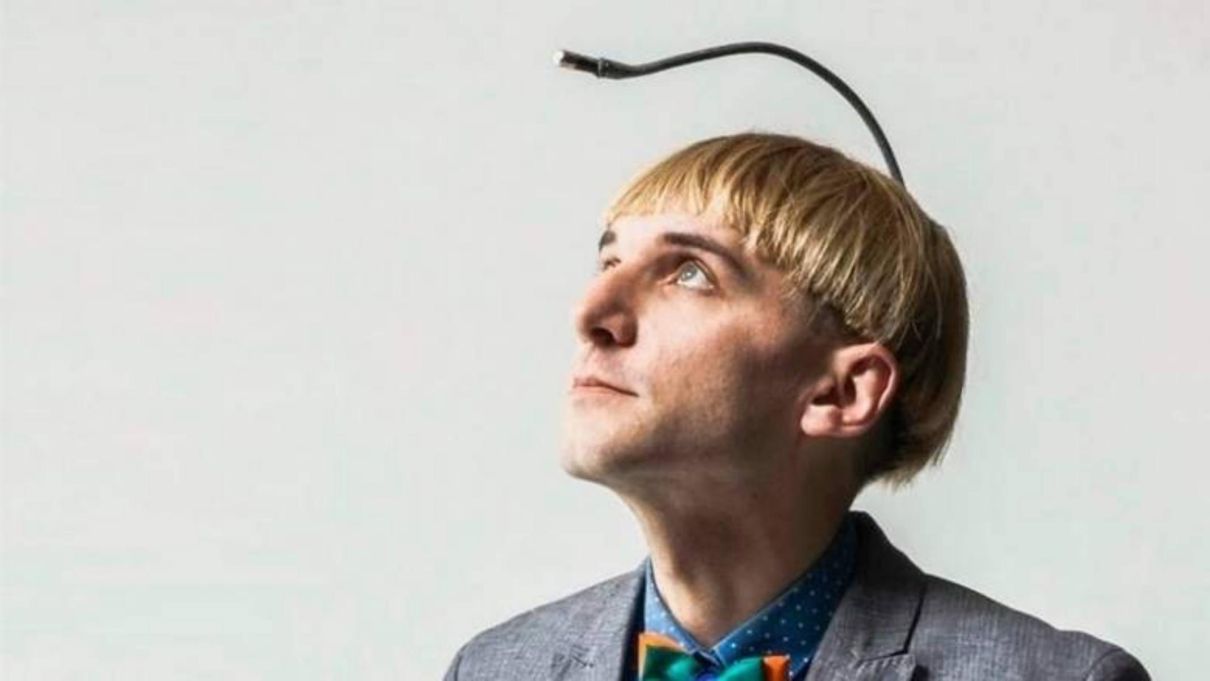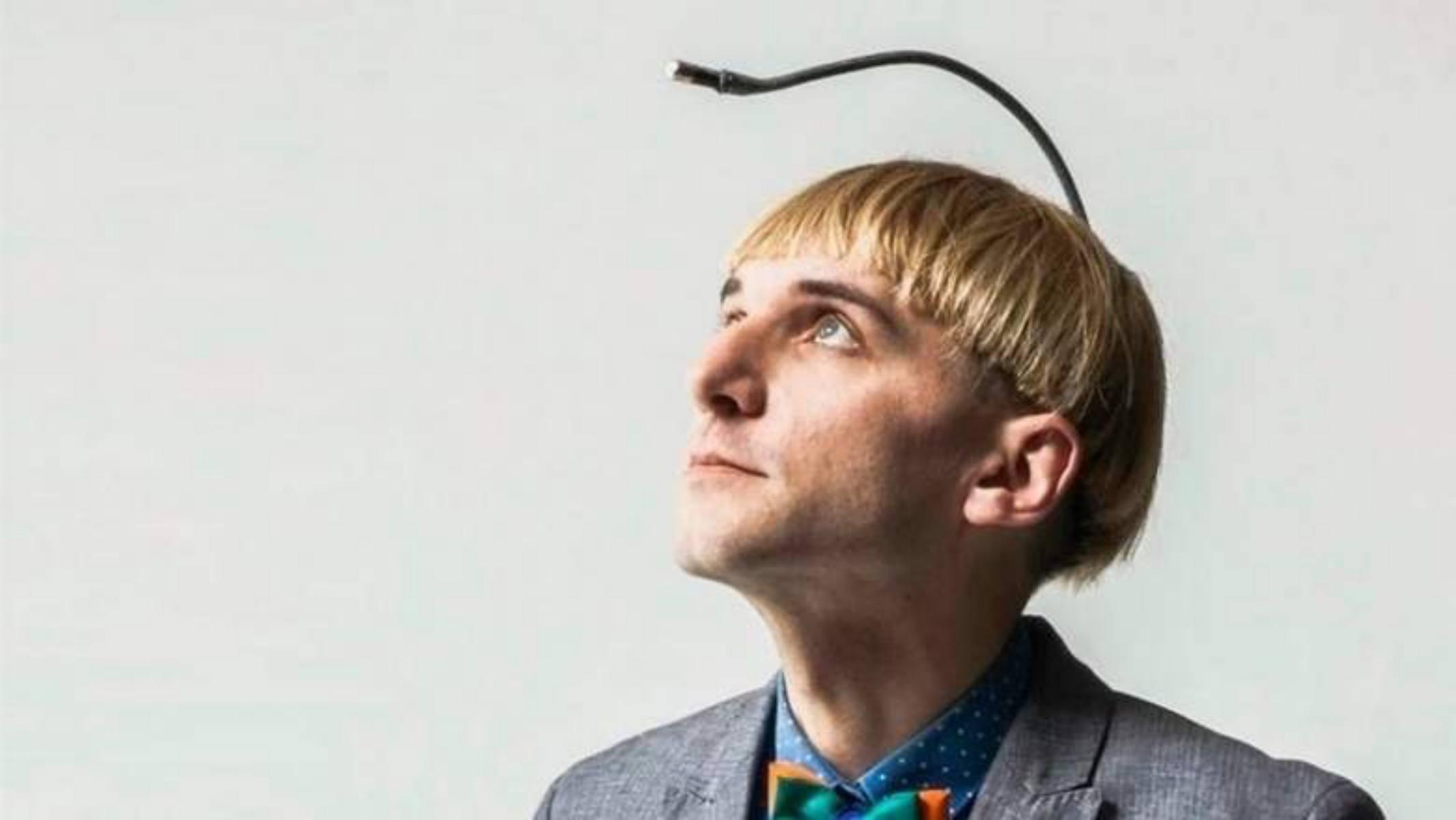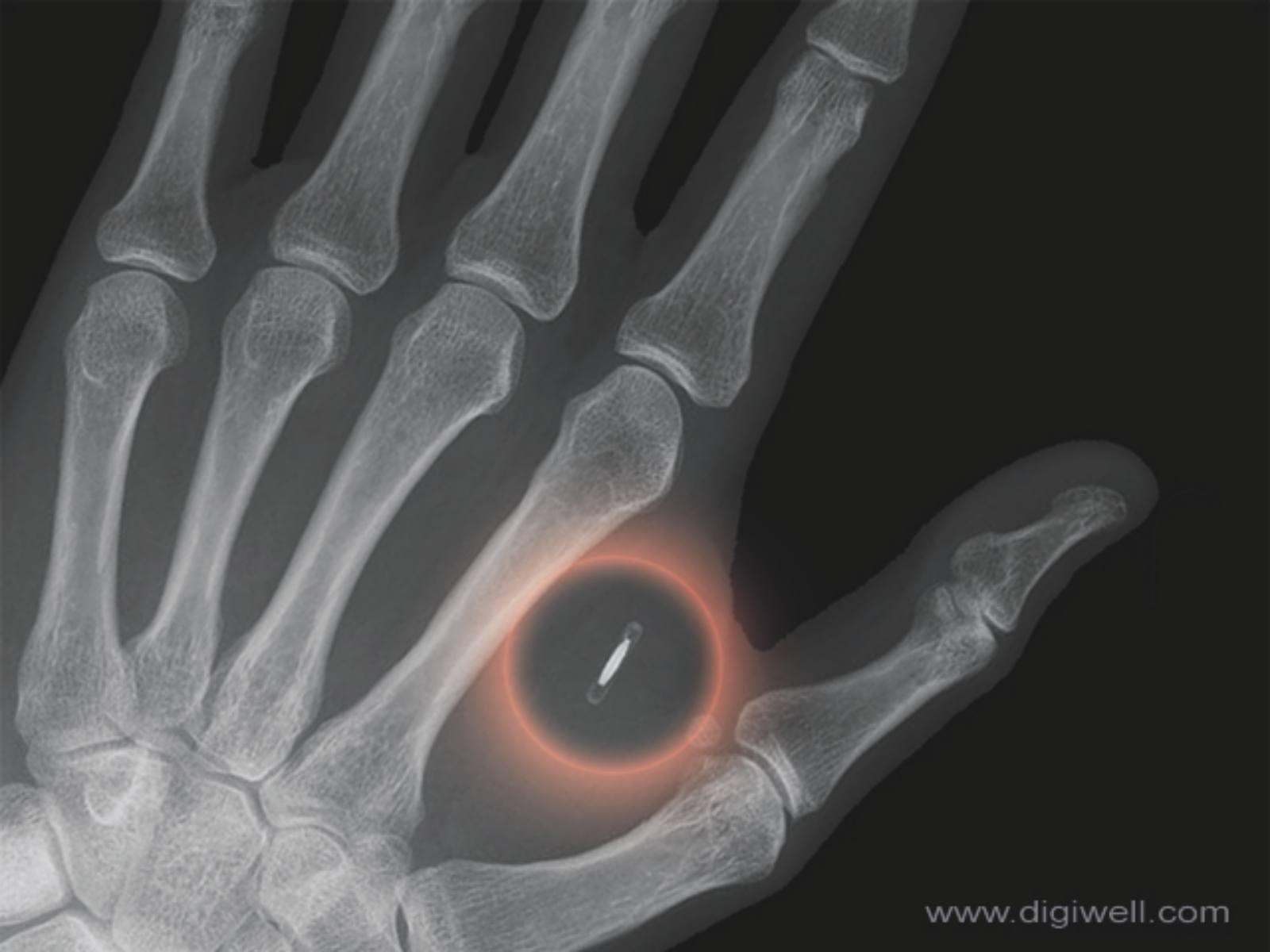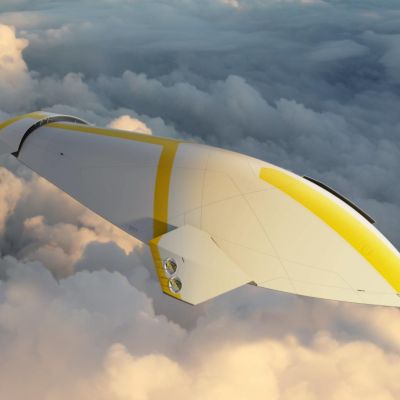The Future of Cyborgs

The boundary between man and machine looks set to become ever more blurred.

When producer James Cameron’s film Alita: Battle Angel is released this winter, it will no doubt be characterised by many as fantastical. It is, after all, the story of a cyborg found discovered in a junkyard: a blend of human and machine that also turns out to be a deadly assassin. The ‘replicants’ of Ridley Scott’s recent Blade Runner 2049 proved no less challenging. Indeed, in most visions of a cyborg future, the marriage of flesh and mechanics is portrayed as a considerable improvement on flesh alone, but with dystopian overtones.
But this sci-fi is on its way to becoming fact. “We’ve long begun the process [of merging man and machine] — we have pacemakers, cochlear implants and the like,” says Prof Kevin Warwick of the University of Coventry, a world-leading authority on cyborg science. He’s known for a number of pioneering experiments, including having a RFID transmitter implanted beneath his skin to control doors and lighting; a further electrode array implant allowed direct communication between his nervous systems and that of his wife.
“But this is just the beginning of a very exciting future [beyond therapy],” adds Warwick. “There’s an emphasis on the dangers of humans and AI/robotics interfacing and, clearly, there are dangers to consider. We need to think of a future less in which AI becomes a rival to humans, as it becomes part of us. Interfacing will bring us enormous benefits.
Certainly, the developments keep coming, part of an incremental trickle of ever more ‘artificial’ electronic or mechanical additions to the human body: DARPA, the US defence research body, has designed its LUKE arm, named after Luke Skywalker’s robotic arm: a highly advanced prosthetic that gives the wearer a sense of touch. Developer Bebionic now has a prosthetic hand powerful enough to lift 45kg, but also sensitive enough to hold an egg.
Medicine is a driving force. The latest product from JDRF, a philanthropist-supported organisation focusing on the treatment and cure of type 1 diabetes, for example, is effectively a wearable pancreas, comprising monitor, pump and a means of dispensing insulin, which received global approval this spring. “But a network of research companies is already developing a second generation that’s implantable,” says Aaron Kowalski, JDRF’s chief mission officer, “together with the miniaturisation that makes that possible. There’s some squeamishness about such an idea, until the results become apparent. And the fact is this kind of interfacing isn’t science fiction. There are already human clinical trials for an artificial biological pancreas that’s part cellular; part made of very advanced materials.”
Similarly, Prof EJ Chichilnisky of Stanford University aims within the next two years to have a lab prototype for a wirelessly powered electronic retina that would treat degenerative eye conditions. And this, he says, will just be a start to moving beyond compensating for a disability towards the hacking of our biology to improve on its limitations.

Indeed, Warwick argues that, outside of the medical community, it’s the marginal, so-called ‘bio-hack’ community, individuals who (dangerously) self-experiment with technological enhancements, often to more artistic ends, that is now suggesting what’s possible. These are the individuals who, argues Dr Patrick Kramer, represent the movement towards what he calls “humans 2.0”. Kramer is a bio-hacker, consultant and the (wonderfully titled) chief cyborg officer of Digiwell, which promotes methods and products for “human upgrading”.
“We’re happy to use tech when it returns our body to, as it were, the 100 percent mark, but it’s becoming exponentially easier to go beyond 100 percent now,” says Kramer. He notes how dependent we already are on portable digital technology, and how much more convenient it would be to integrate that. “Really, we’re playing with the 100 percent barrier. That doesn’t mean that we’re likely to, say, remove a healthy arm to get a stronger mechanical one any time soon, but the chance to add to the body to give improved functionality is one many people would act on now. And what most excites me, for example, would be a means to augment the senses, or even give us new senses altogether that help us experience the world in new ways.”
Modifications — albeit unapproved ones — people have already had fitted include sensors that allow the hearing of colour; magnets that allow the sensing of electromagnetic radiation; even permanently installed Bluetooth earphones; and a bionic camera eye. It’s a sign of changing times perhaps that this year a man in Australia was fined for travelling without his travel card. He’d removed the chip and implanted it in his hand, where it was just as effective and much more convenient.
“The bio-hacking community is in many ways crazy, very risky medically, but coming up with some fantastic results, although I suspect most solid advances will come from the middle ground, which is still developing,” says Warwick. “At the moment papers I and my colleagues publish have to be in medical journals, because there’s not an established field for this [study of ‘cyborgism’]. But philosophy and trans-humanism is moving things onwards. The question will be how to make the enhancements such breakthroughs could bring acceptable [to the wider public].”
Indeed, while Elon Musk has claimed that humans ultimately must become cyborg to remain relevant (and that doing so is the next step in evolution, one necessary perhaps for the future colonisation of other planets), the prospective merger between the human and the artificial is now cutting both ways. In a ground-breaking move, this summer researchers from the University of Tokyo Institute of Industrial Science created the first ‘bio-hybrid’ robot, which is to say a robotic device: in this case a finger that incorporates living tissue.
Electrodes were used to stimulate the muscle, built using stem cells on hydrogel sheets, which lived for a week. The researchers see all sorts of short-term uses: better testing of pharmaceuticals, for example. But, in the longer term, the boundary between man and machine is blurring further still. And the replicant is one step closer.
This article originally appeared in Billionaire's Discovery Issue, September 2018. To subscribe contact









